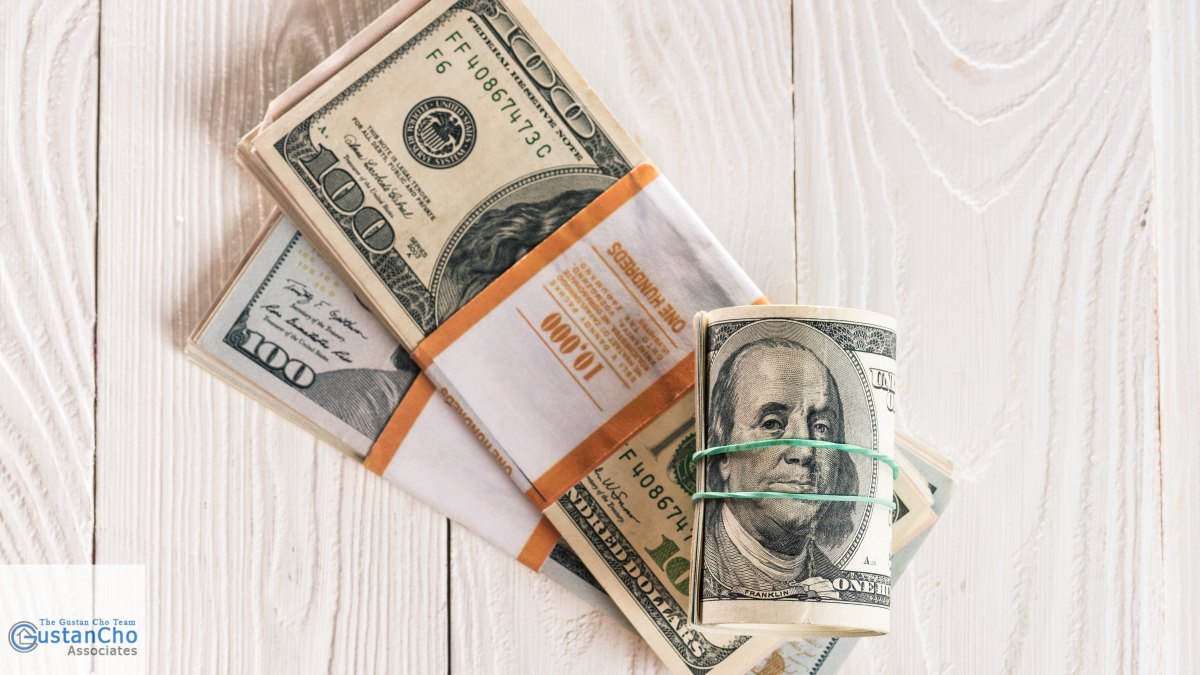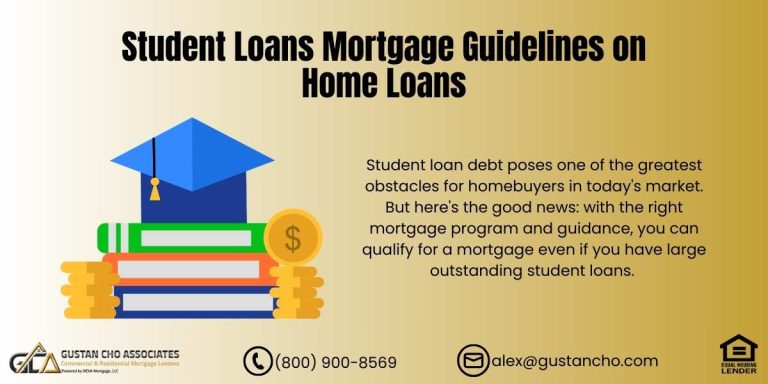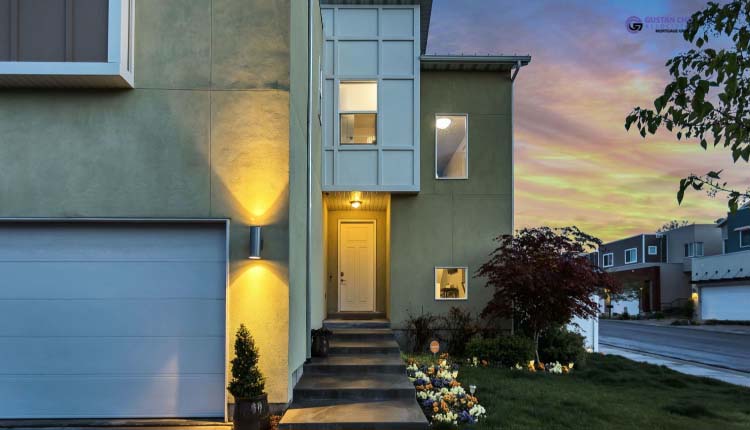This Article Is About How To Buy A Home If I Do Not Have The Down Payment
How To Buy A Home If I Do Not Have The Down Payment on home purchase:
- In general, there are two costs involved in a home purchase
- The down payment and closing costs
- Most Americans live paycheck to paycheck
- Even wage earners who earn $100,000 or more, it is very difficult to save
- This holds especially true for those with larger families
- Let’s take an example for someone with a family of four making $100,000 per year
- After taxes, the net take-home pay will be $60,000 which is a monthly net income of $5,000 per month
In the next paragraph, we will go over a case scenario on a household where the household income is $100,000 and how difficult it is to save for a down payment on a home purchase.
How To Buy A Home If I Do Not Have The Down Payment: Case Scenario Why It Is So Difficult To Save For A Down Payment On A Home Purchase
We will go over a simple case scenario of how it is difficult to save money for a household that makes $100,000 per year. As mentioned in the earlier paragraph, $100,000 per year gross is $60,000 take-home pay. $60,000 a year take-home pay after taxes mean $5,000 per month. Most households have two car payments. The average monthly car payment is $500 per month.
Let’s take an example this family has two vehicles with each car payment being $500 per month. Two vehicle payments will total $1,000 per month. Now you are down to $4,000 per month. Groceries for a family of four will easily top $1,000 per month. Now you are left with $3,000 left for the month to pay your remaining expense.
If you are renting, rental payment for an average 2,000 square feet home will easily be $2,000 per month. You now have $1,000 per month left to pay for utilities and other expenses. You can easily see how difficult it is to save any money after paying your monthly expenses. This is why many renters who can easily afford a new monthly mortgage and housing payment on a home purchase cannot purchase a home because they have little to no savings.
How To Buy A Home If I Do Not Have The Down Payment: Is It Possible?
Most potential homebuyers are under the understanding you need a 20% down payment to purchase a home. Due to this understanding, they do not pursue research any further on the home buying and mortgage process. However, there are no down payment loan programs.
Homebuyers do not need a 20% down payment to purchase a home. There are no down payment home mortgage programs as well as low down payment low programs. We will also discuss and cover ways of coming up with the down payment on a home purchase.
How To Buy A Home If I Do Not Have The Down Payment Or Closing Costs Money
Most of our borrowers at Gustan Cho Associates do not have to come up with closing costs. Most of our borrower’s closing costs are often covered with a seller’s concession and/or lender credit or a combination of both. Seller’s concessions are when a seller gives a certain amount and/or percentage of the purchase price as a seller’s concession to cover the buyer’s closing costs. This is how it is done and why sellers are willing to do it.
Let’s say the seller wants $100,000 net for their home. HUD, the parent of FHA allows sellers to contribute up to 6% in seller’s concession for the homebuyer’s closing costs. So the seller will increase the purchase price to $106,000 as of the purchase price and give the homebuyers a 6% seller’s concession or $6,000. VA loans allow up to 4% in seller’s concession. USDA loans allow up to 6% in seller’s concession. Fannie Mae and Freddie Mac allow up to 3% seller’s concession on primary owner occupant homes and second homes and 2% seller’s concession on investment properties. Lender credit is when a lender will contribute a certain dollar amount for the borrower’s closing costs in lieu of a higher mortgage rate.
Don’t I Need Great Credit To Qualify For A Home Mortgage?
Again, it is not too good to assume things that you are not sure of. Many people think you need great credit to qualify for a home mortgage. Folks who have a prior bankruptcy, foreclosure, deed in lieu of foreclosure, short sale think their credit is shot and would never qualify for a mortgage. Consumers with outstanding collections and/or charged-off accounts do not have to pay the outstanding delinquent balance to qualify for a mortgage. You do not need great credit and high credit scores to qualify for a mortgage.
Lenders understand people go through bad periods which affect their credit profile. People who get laid off, fired, closed down their businesses often have a disruption of their income. A disruption of people’s income means paying their monthly debt payments late. Sometimes you can get credit accounts into collections and/or charged-off status. Repossession of car and/or home foreclose is also a possibility.
You can qualify for a mortgage with prior bad credit. Mortgage companies want to see re-established credit after bankruptcy and/or a housing event or periods of bad credit. Lenders want to see at least 12 months of timely payments after bankruptcy and/or a housing event or period of bad credit. Contact a loan officer to get a game plan in qualifying for a mortgage. It does not cost anything to consult with a loan officer to qualify for a mortgage. If you do not yet qualify, the loan officer will give you a plan on what to do so you can qualify at a later date.
How To Buy A Home If I Do Not Have The Down Payment: Are There No Down Payment Mortgages?
There are two government-backed home mortgage loan programs that do not require any down payment.
VA Loans:
- VA loans are government-backed mortgage program that does not require any down payment
- Lenders 100% financing with no down payment required on VA loans without mortgage insurance required at competitive rates due to the government guarantee through the Veterans Administration
- However, only eligible active and/or retired members of the U.S. Military with a certificate of eligibility (COE) can qualify for VA loans
- There is a one time VA Funding Fee on VA loans of 2.15% which can be rolled into the loan balance
The following are the minimum service requirements for an active and/or retired of the U.S. Armed Services will earn a certificate of eligibility (COE) to qualify for VA loans:
- Members of the U.S. Armed Services must have served 90 consecutive days of active service during wartime
- Must have served 181 consecutive days of active service during peacetime
- Served for more than 6 years in the National Guard or Reserves
- Be the spouse of a service member who died in the line of duty or from a service-related disability
VA loans do not have minimum credit score requirements or maximum debt to income ratio cap as long as the borrower can get an approve/eligible per automated underwriting system (AUS).
USDA Loans Offers 100% Financing With No Down Payment Required
The second home mortgage loan program that offers 100% financing with no down payment required are USDA loans. Lenders can offer 100% financing at competitive mortgage rates on USDA loans due to the government guarantee by the United States Department of Agriculture. The United States Department of Agriculture offers USDA loans with no money down on a home purchase to lower-income families in rural and suburban areas.
The U.S. Department of Agriculture Rural Development’s mission and goal is to promote homeownership in rural and suburban areas to families with limited income who do not have the down payment to otherwise purchase a home. You cannot purchase a working farm with USDA loans. Properties that are eligible are owner-occupant primary homes. Second homes and investment properties do not qualify. USDA loans are only eligible in certain areas that have been designated as eligible areas by the USDA. Check out the USDA’s map of eligible areas to find out if the area you intend to purchase is a USDA-approved area. Only primary owner-occupant properties are eligible for USDA loans. On this map, anywhere outside of an orange zone qualifies as a rural area.
The borrower needs to meet the USDA Agency Mortgage Guidelines. USDA loans have maximum household income caps. The combined gross income in your household cannot be greater than 115% of the median income of the county the home you want to purchase is located. The maximum front-end debt to income ratio cannot be greater than 29% and the maximum back-end debt to income ratio cannot be greater than 41%.
Other Home Loan Programs That Require Low Down Payment
The only two loan programs that offer 100% financing are VA and USDA loans. FHA loans are government-backed loan programs. Borrowers with at least a 580 credit score can qualify for a 3.5% down payment home purchase FHA loan. HUD, the parent of FHA, has very lenient credit and income agency mortgage guidelines on FHA loans. Borrowers with credit scores under 580 credit scores and down to 500 FICO can qualify for FHA loans. But 10% versus 3.5% down payment is required if your credit scores are under 580 FICO.
Conventional loans require a 3% down payment on a home purchase for first-time homebuyers. A first-time homebuyer is defined as a homebuyer who did not have any ownership in any real estate in the past 3 years. Otherwise, a 5% down payment is required on conventional loans for seasoned homebuyers. For any homebuyer who does not have a 20% down payment on conventional loans, private mortgage insurance is required.
Home Possible and Home Ready are conventional loans programs for low to moderate-income families. Home Possible requires a 3% down payment on a home purchase with lower private mortgage insurance for borrowers who do not earn more than 100% of the median income in your area to qualify. Unlike USDA loans, this stipulation only applies to the borrower on the loan and not the entire household.
Down Payment Assistance Mortgage Programs
For homebuyers who do not qualify for USDA and VA loans where no down payments are required, there are alternative sources to purchase a home with no down payment. There are hundreds if not thousands of local down payment assistance loan programs administered by local, county, and state governments. Almost every municipality, county, and state have its own down payment assistance home mortgage program. Usually, it is a piggyback loan program with FHA and/or Conventional loans. If the down payment requirement for FHA is 3.5% and the down payment requirement on conventional loans is 3%, the down payment assistance home mortgage program will assist the homebuyer with either 3.5% or 3% necessary for the loan program so they do not have to come up with any down payment on the home purchase.
Most down payment assistance home mortgage programs normally provide one or a combination of the following:
- Down payment assistance
- Closing costs assistance
- Lower than the market interest rate
Every down payment assistance home mortgage program is different and has its own guidelines. However, most down payment assistance home mortgage programs are limited to first-time homebuyers. Many DPA home mortgage programs have income caps. All DPA home mortgage programs will require homebuyers to take a certified housing course for new homeowners. There are other down payment assistance home mortgage programs for disabled veterans, police officers, firefighters, school teachers, medical professionals. The down payment assistance home mortgage programs can be in a second mortgage loan format and/or grant program where the loan does not have to be repaid or a combination of both.










